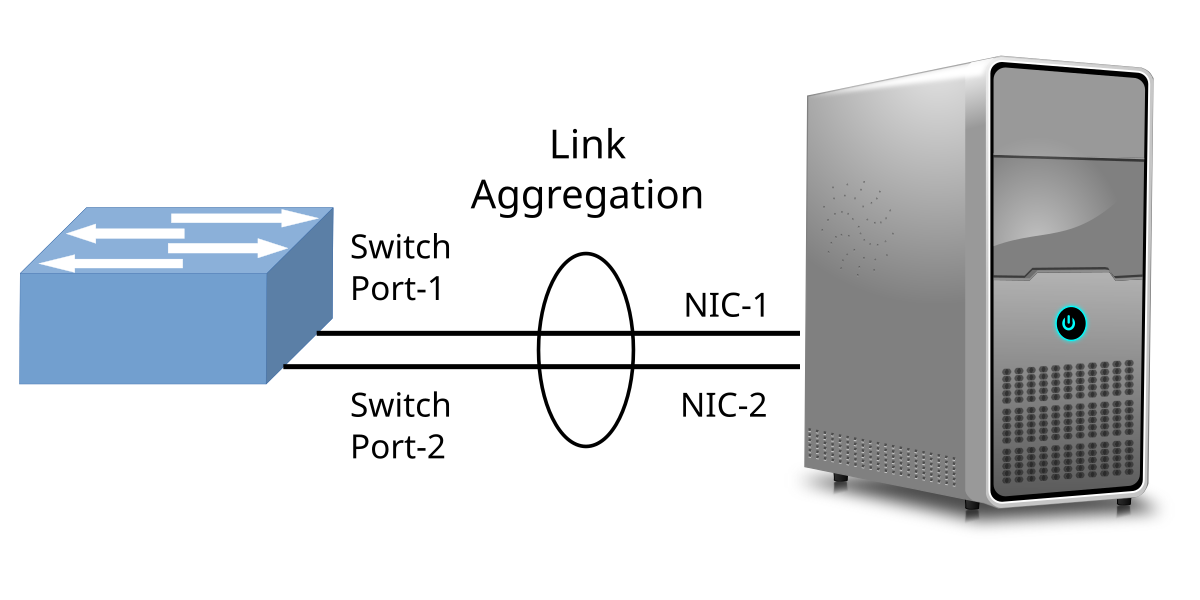I put in to /etc/rc.conf
THIS:
I would see the ifconfig show the interfaces as status active and same with lagg0.
However, if I ping an ip address it would state failed to find route.
I then added defaultrouter=64.100.200.119.
the ip's used are just examples. They're the correct ones. the defaultrouter I used my real gateway ip address.
I also enabled ip packet forwarding. Thi worked when I had the ethernet interfaces to be 2 different individual
connections. Before only the first ethernet interface would work but the second one would have the no route found error.
however, after I added the default gateway and ip packet forwarding and then the second ethernet interface would then work.
I am trying to get the aggregation to work. I would like to know what is needed?
I was told I don't need if_lagg_ etc i the boot/.loader.conf file.
I was told it automatically gets loaded in to the kernel when you create the lagg0.
Any ideas I would try? also what's the right way on doing it. I followed a tutorial and
looked at the handbook. The handbook doesn't say anything about setting the default router
or doing ip poacket forwarding. Howeve,r the tutorials I found said to use ip packet forwarding if you
use more than other Ethernet interface. Then it says to set a default router. Which is the gateway which could be your home router.
Or a gaetway server that your ISP gives you to connect too in order to get internet.
I would like any ideas anyone could have on trying. I can get internet fine if the interfaces are individually setup as individuals interfaces.
THIS:
Code:
ifconfig_ix0="up"
ifconfig_ix1="up"
cloned_interfaces="lagg0"
ifconfig_lagg0="laggproto lacp laggport Ix0 laggport Ix1 64.100.200.120/29"I would see the ifconfig show the interfaces as status active and same with lagg0.
However, if I ping an ip address it would state failed to find route.
I then added defaultrouter=64.100.200.119.
the ip's used are just examples. They're the correct ones. the defaultrouter I used my real gateway ip address.
I also enabled ip packet forwarding. Thi worked when I had the ethernet interfaces to be 2 different individual
connections. Before only the first ethernet interface would work but the second one would have the no route found error.
however, after I added the default gateway and ip packet forwarding and then the second ethernet interface would then work.
I am trying to get the aggregation to work. I would like to know what is needed?
I was told I don't need if_lagg_ etc i the boot/.loader.conf file.
I was told it automatically gets loaded in to the kernel when you create the lagg0.
Any ideas I would try? also what's the right way on doing it. I followed a tutorial and
looked at the handbook. The handbook doesn't say anything about setting the default router
or doing ip poacket forwarding. Howeve,r the tutorials I found said to use ip packet forwarding if you
use more than other Ethernet interface. Then it says to set a default router. Which is the gateway which could be your home router.
Or a gaetway server that your ISP gives you to connect too in order to get internet.
I would like any ideas anyone could have on trying. I can get internet fine if the interfaces are individually setup as individuals interfaces.


